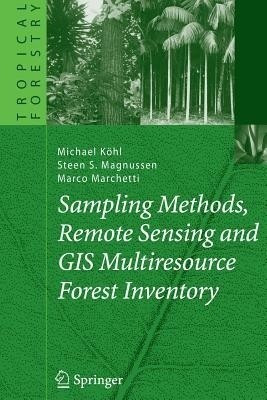Sampling Methods, Remote Sensing and GIS Multiresource Forest Inventory(English, Paperback, Koehl Michael)
Quick Overview
Product Price Comparison
When we talk about forests, we talk about 30% of our planet's land surface 6 area. In 2000 there was an estimated 3 870x10 ha of forest worldwide, of which 1 5% is in forest plantations and 95% in natural forests (FAO 2003). Forests are not only a source for timber; they also generate significant nonwood goods and services, mitigate climate change, conserve biological diversity, provide prot- tion from natural hazards, and not least: provide recreational areas for an increasingly urbanized world population. The availability of timber and n- wood goods and services is waning as deforestation and degradation of tro- cal forests continue. While forest area has stabilized or is slightly increasing in the boreal and temperate regions, the annual loss of forest area in the tropics and subtropics is decreasing. Between 1990 and 2000 the annual rate of defor- 6 estation was estimated to be 14. 6x10 ha (approximately 0. 38%) and took place mainly in tropical and subtropical forests (FAO 2003). The net annual rate of 6 change is about 9. 4x10 ha (0. 2%). Maintaining and enhancing forest areas and the vitality of forest ecosystems is a widely accepted political goal, which is often opposed by conflicting demands of various stakeholders.


